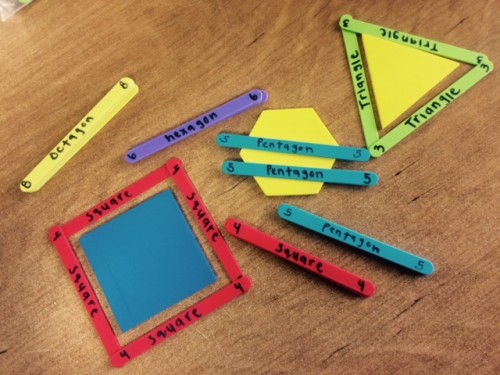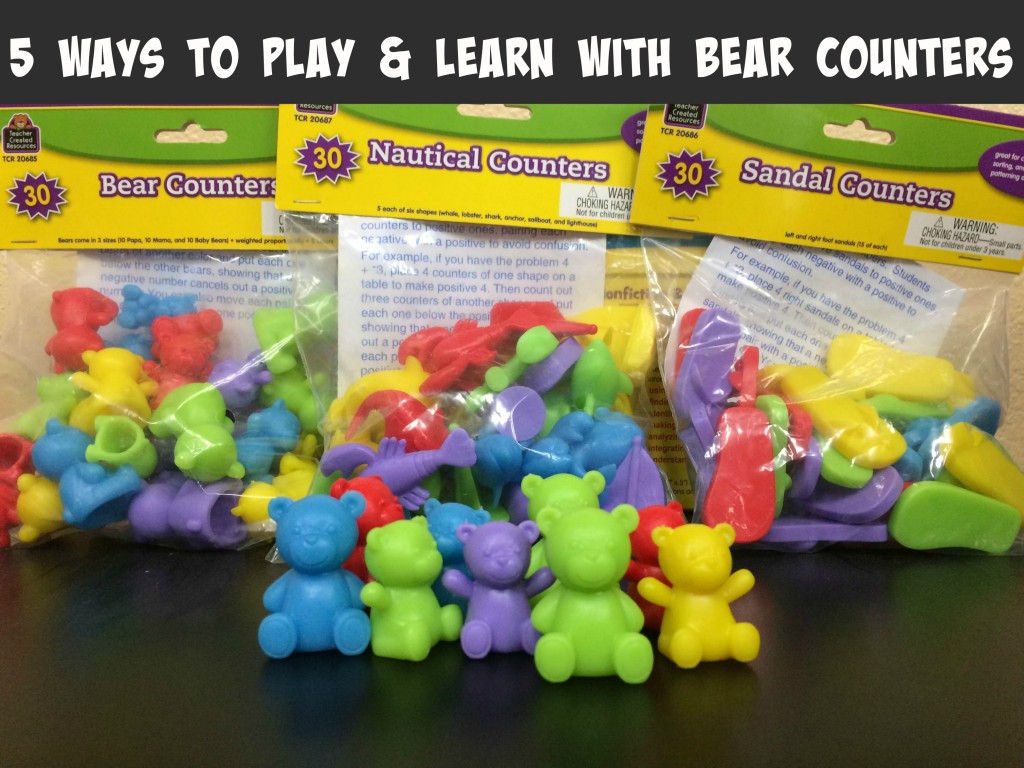 Here are some fun, low-cost, summer learning activities that you can do with your students and kids. These summer learning activities are stimulating and educational for kids of all ages.
Here are some fun, low-cost, summer learning activities that you can do with your students and kids. These summer learning activities are stimulating and educational for kids of all ages.
Brain Teasers
Brain Teasers and puzzles are an awesome way to challenge the brain. These educational opportunities are so fun, kids won’t feel like their doing work at all. Summertime Learning Books has a bunch of amazing math brain teasers and activities for kids.
Project Pantry
Find a spot in your classroom or house where you can store supplies. This might be a closet or a bin that stays in one spot. Get some clean paint cans or buckets. Fill them with all types of craft and art supplies. Besides the typical paints, markers, paper, scissors, and glue, include some more unusual things, such as tiles, artificial flowers, and wrapping paper. This way, you want to do a summer craft project, you have everything you need at that moment.
Collect Something
Let students choose something to collect that is free or inexpensive, such as paper clips or buttons. If the child wants to collect something that might be impractical, like horses, find pictures in magazines or catalogs, and have the students cut them out and start a picture collection.
Flash Cards
Use flashcards to learn new vocabulary words or create your own flashcards using index cards. Depending on the child’s interests and grade level, these cards might feature sight words, math problems, or states and capitals. You can create them yourself with markers or on a computer. Let the kids help cut pictures out of magazines and glue them on the index cards. Then, find a spot outdoors, and go through the flash cards with your child.
Grocery Store Trip
Take a fun learning trip to the grocery store. Even with non-readers, you can have them help you find items on the shelf. Start by giving each child a list of his or her own. Review the list before you go. For non-readers, you might want to cut pictures from ads. Once you get to an aisle where you know there is something on your child’s list, prompt him or her to find the item. You may have to help your child get something down from a shelf.
Eating the Alphabet
Wouldn’t it be fun to eat the alphabet? During the course of the summer, see how many fresh fruits and vegetables you can eat from A to Z. You and your child can use a blank chart or poster and write the letters A-Z on it. Once you have the chart, each time your child eats a fruit or vegetable, write it next to the matching letter of the alphabet. You can also do a smaller version of the chart by using summer themed computer paper and You can also let your child draw a picture of what he or she has eaten.
Find more summer learning activities and lessons here.




